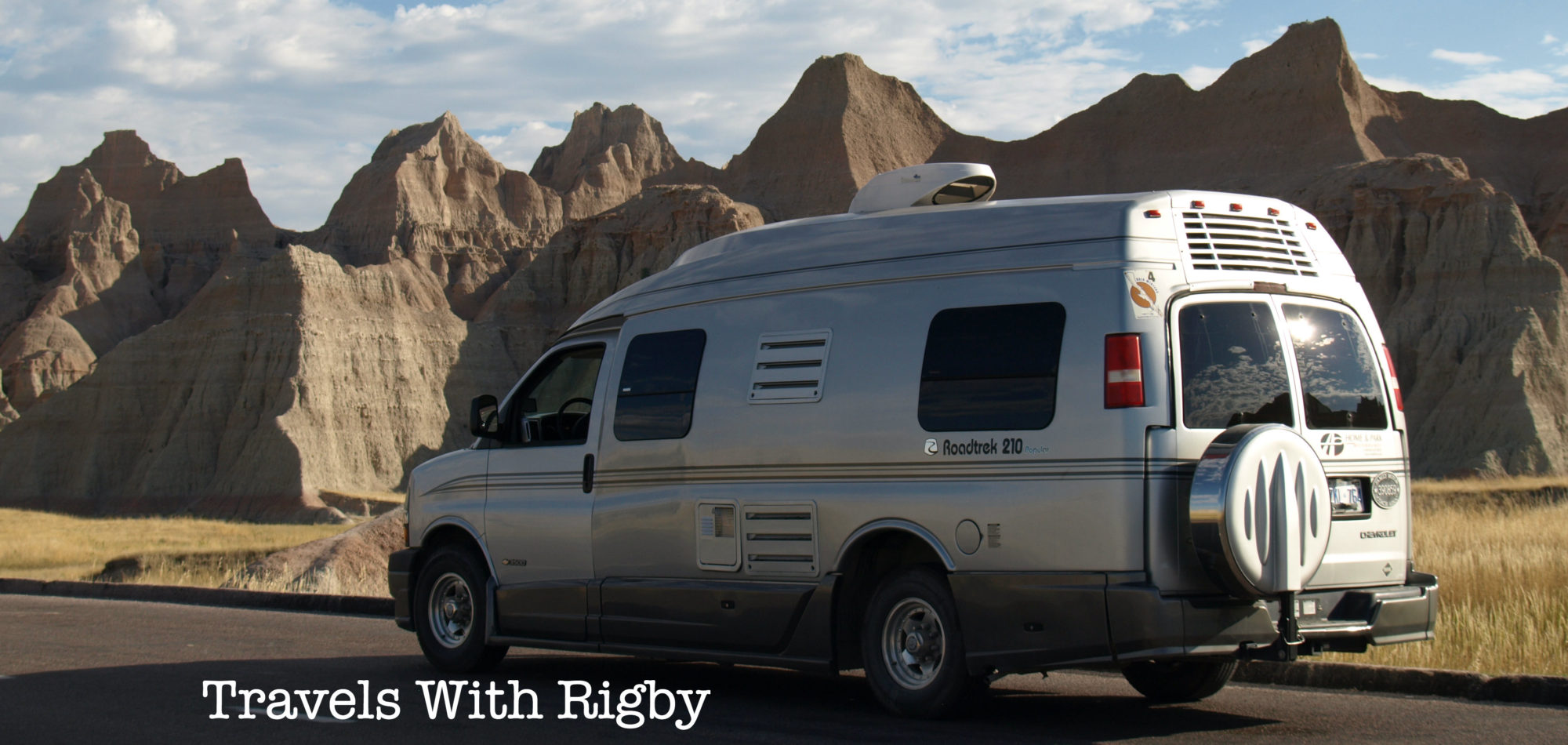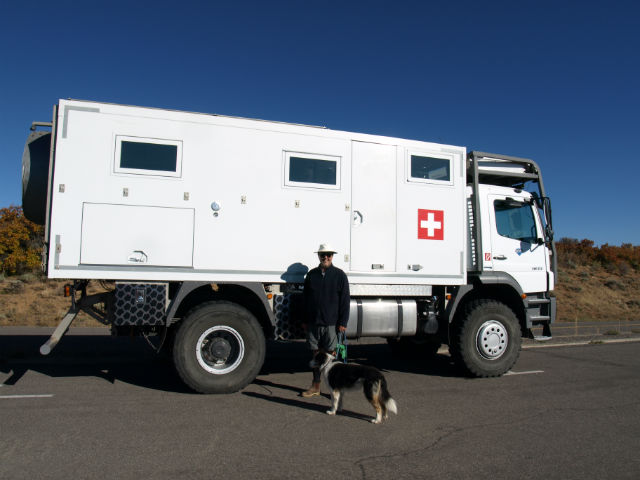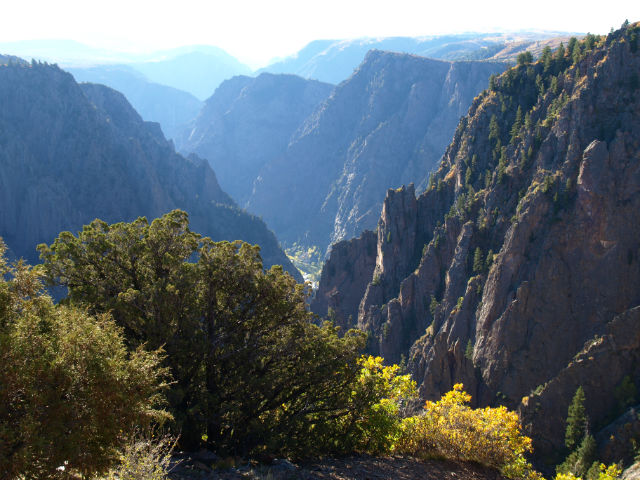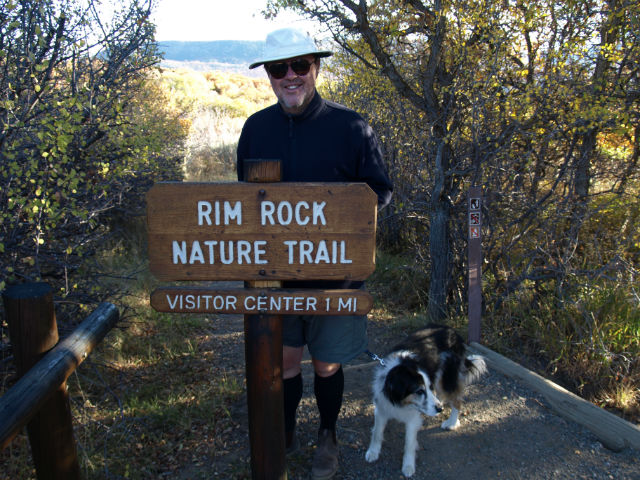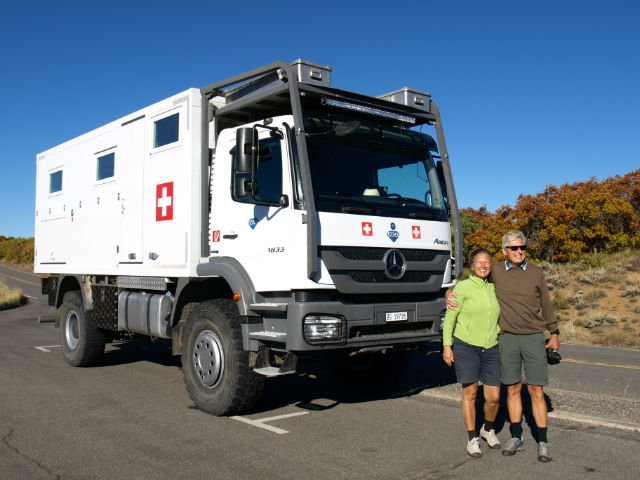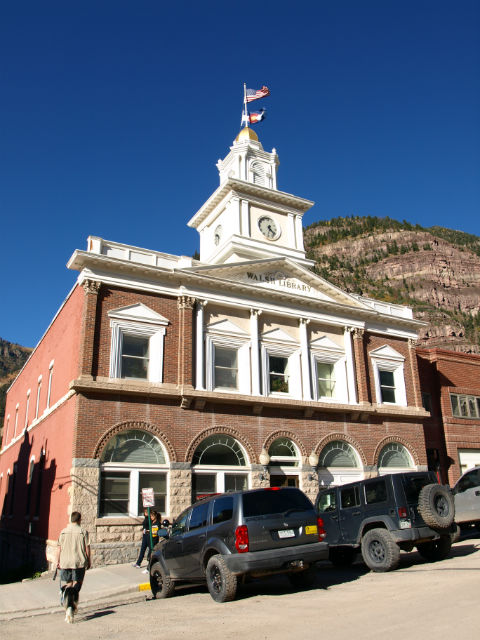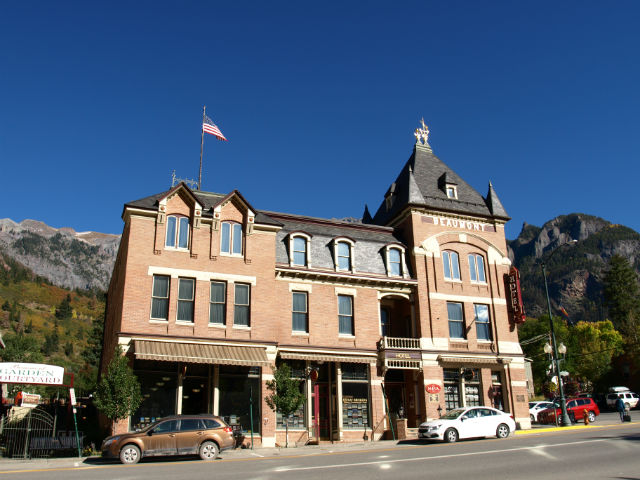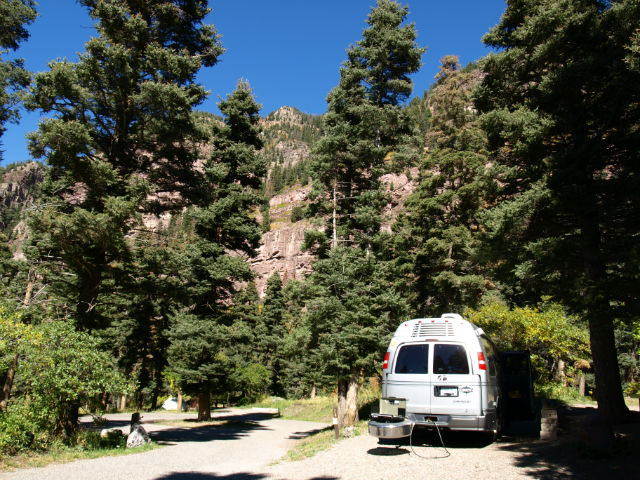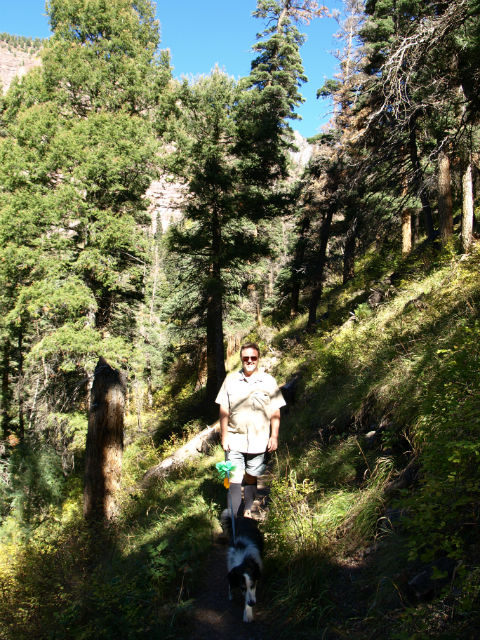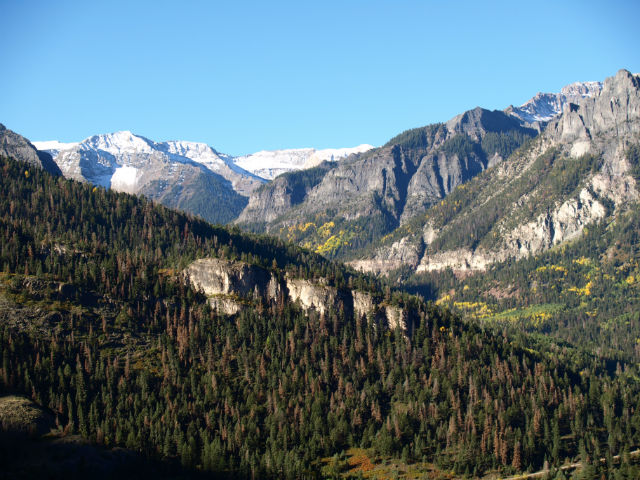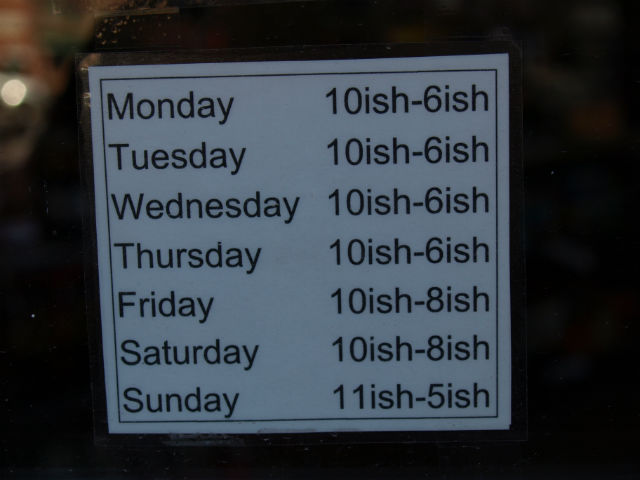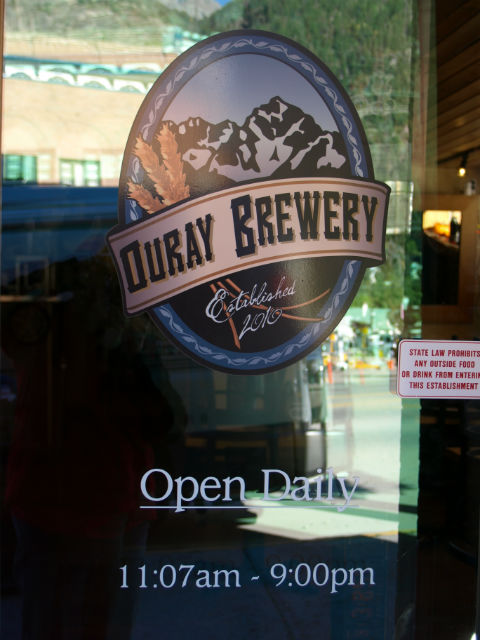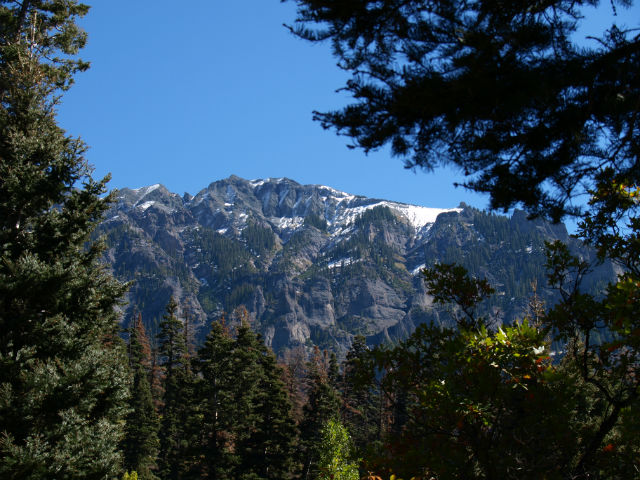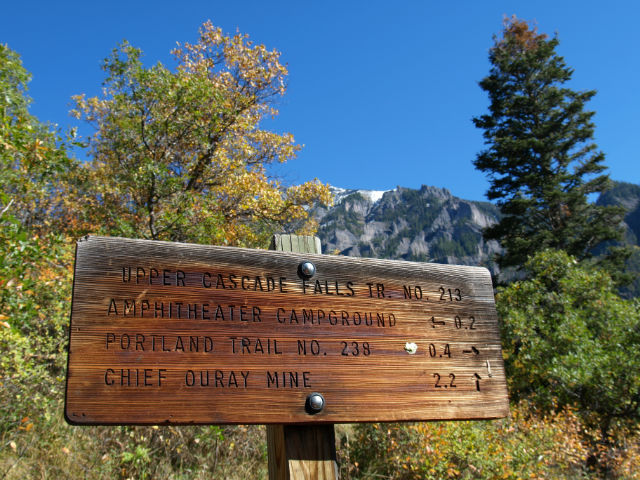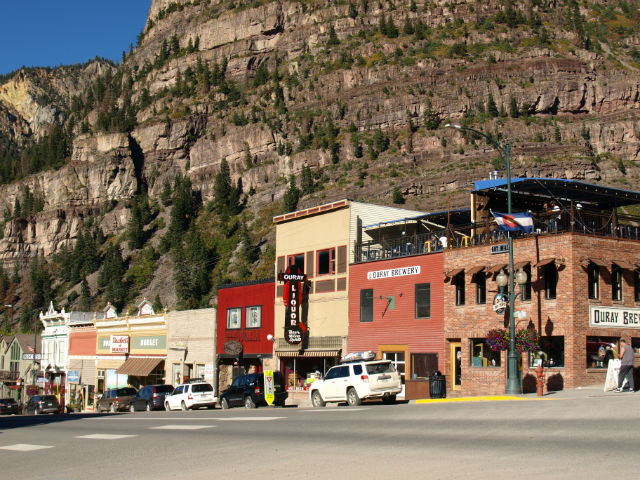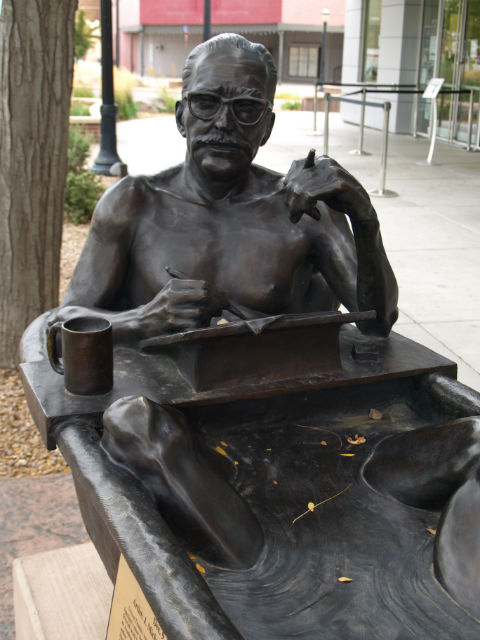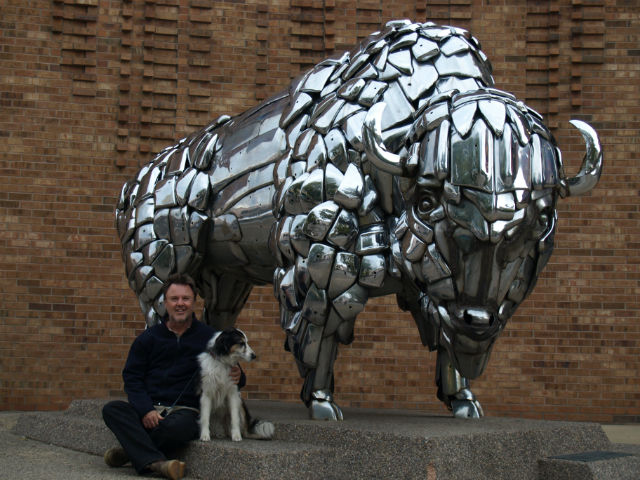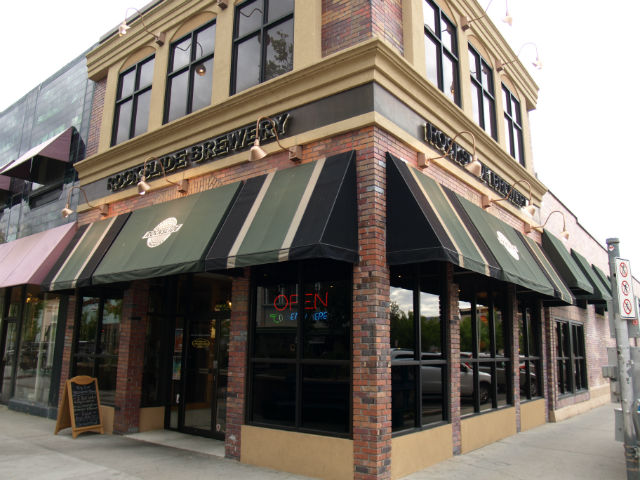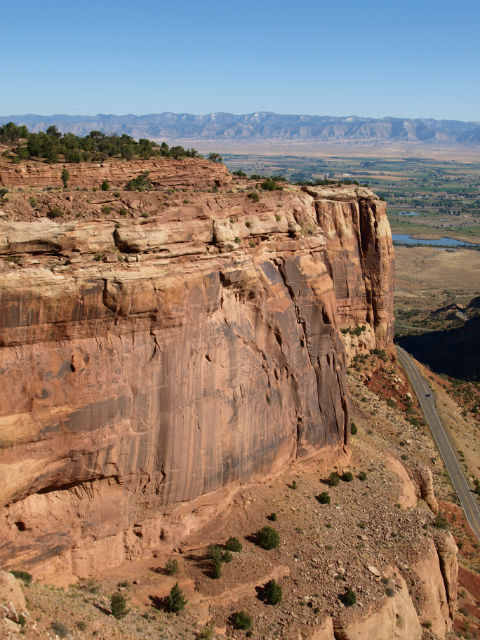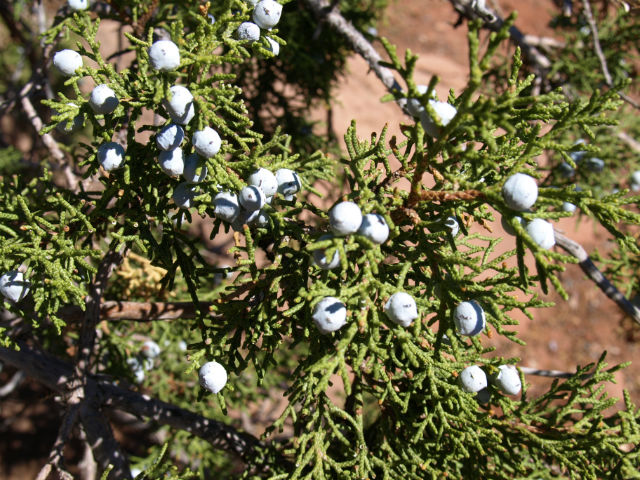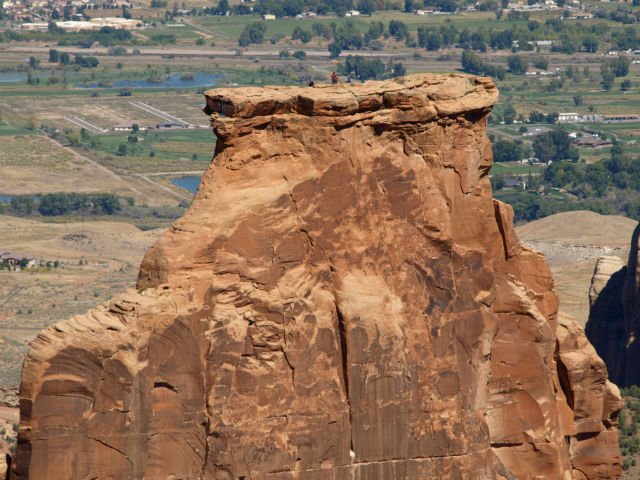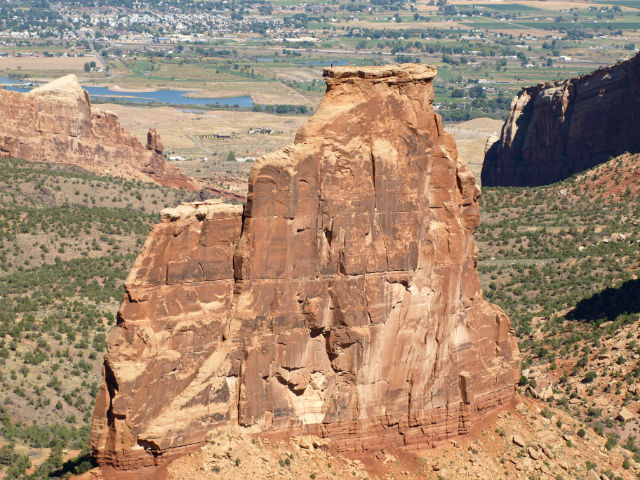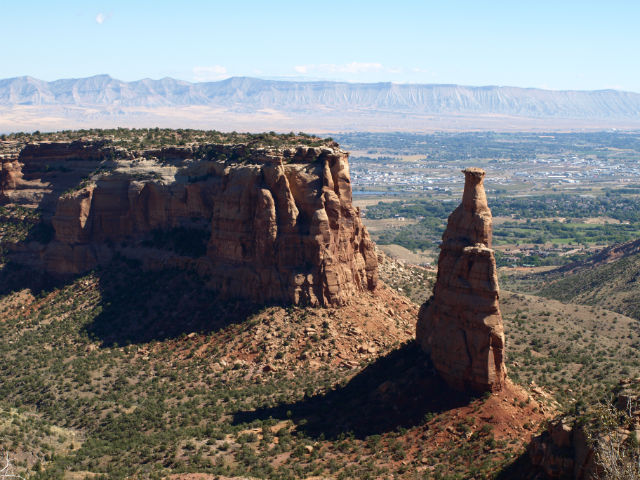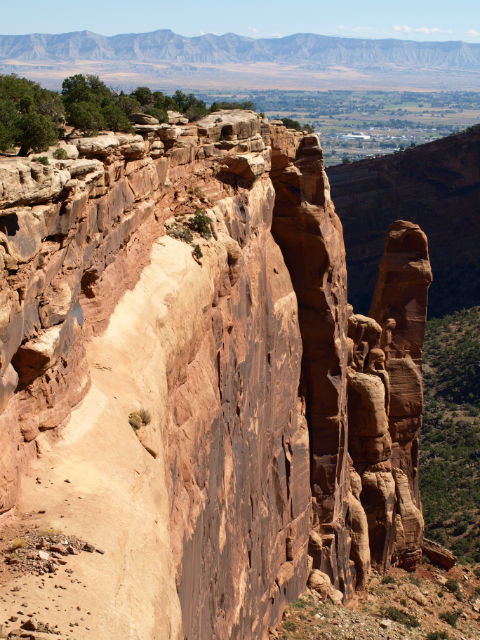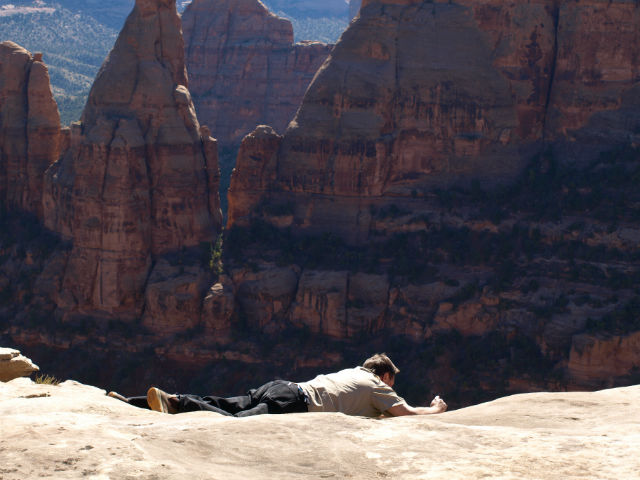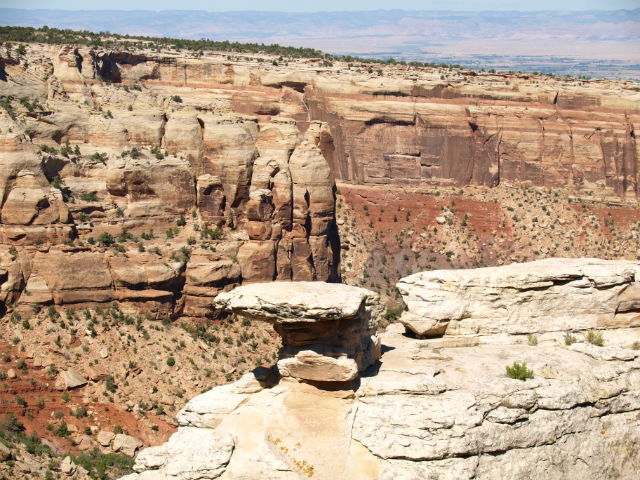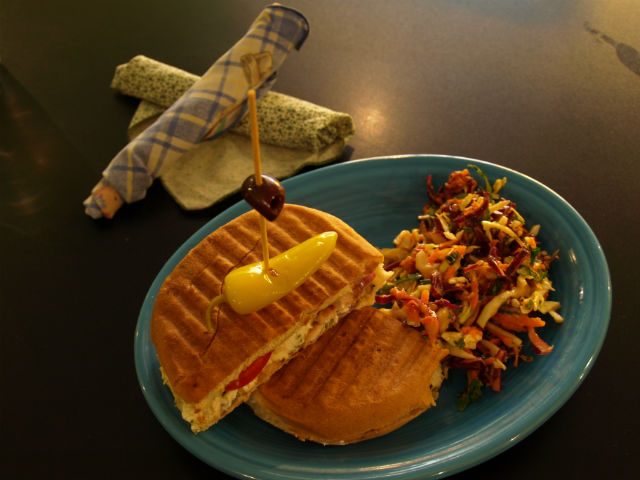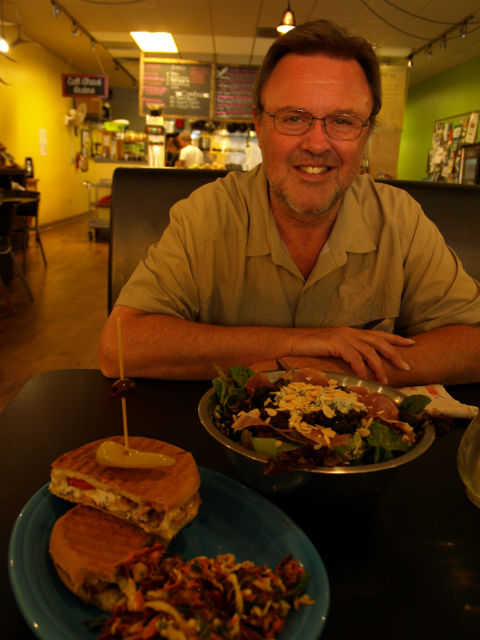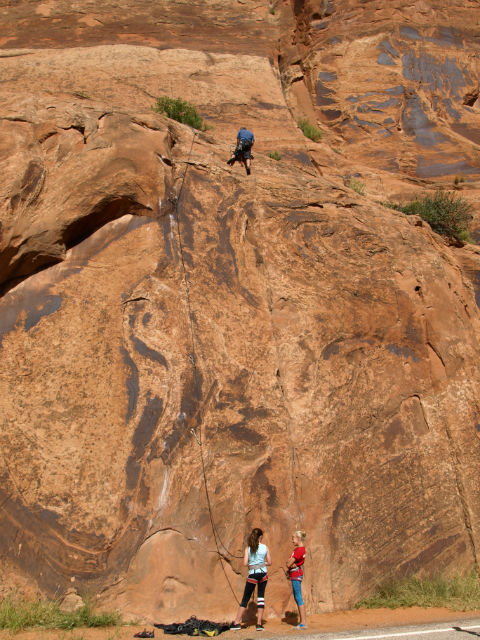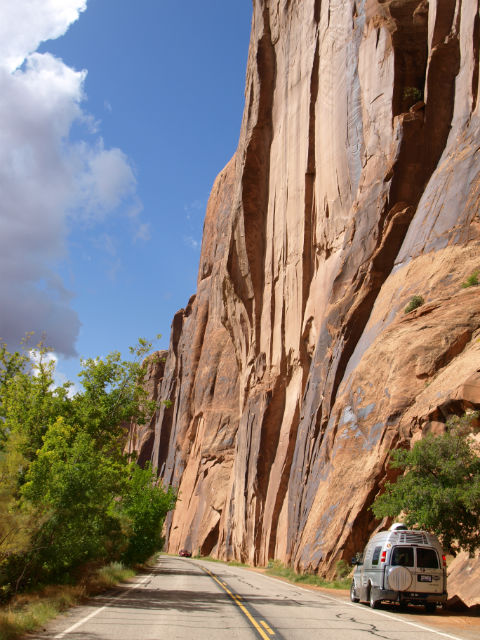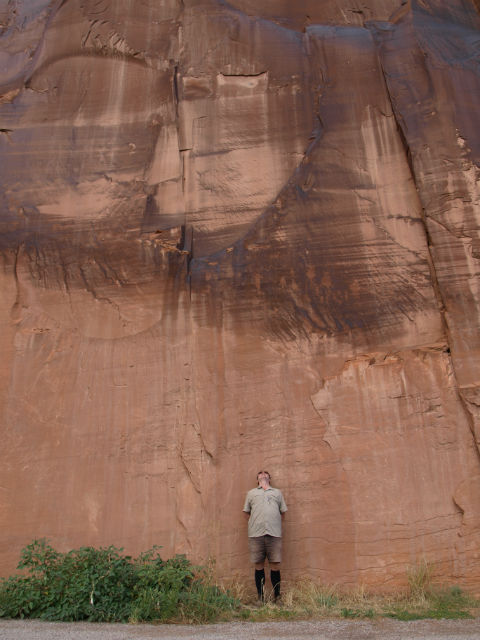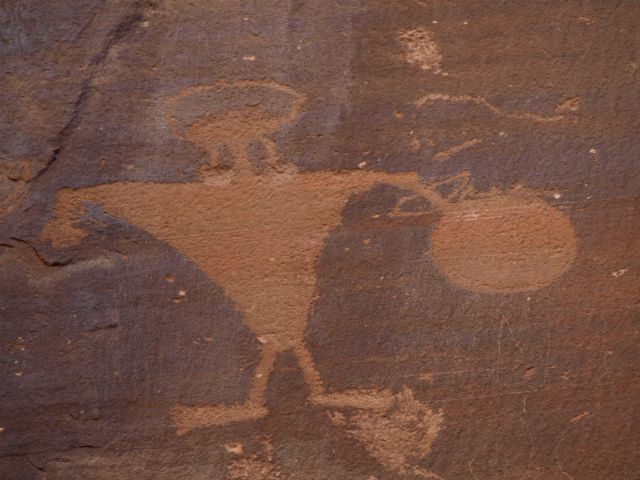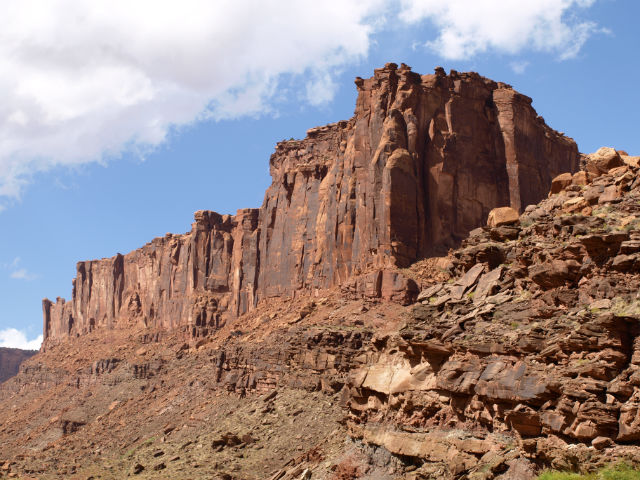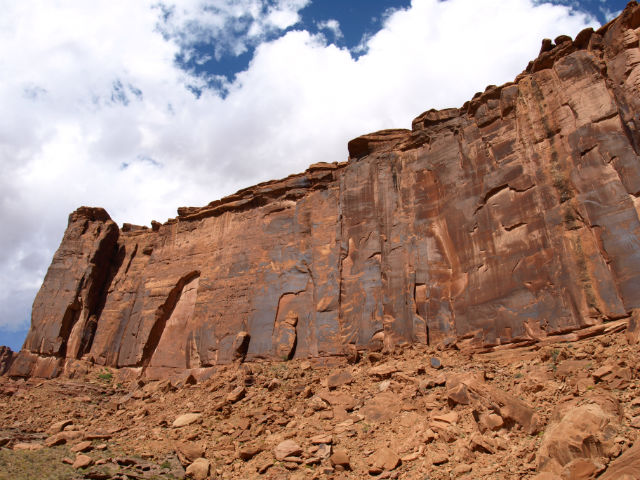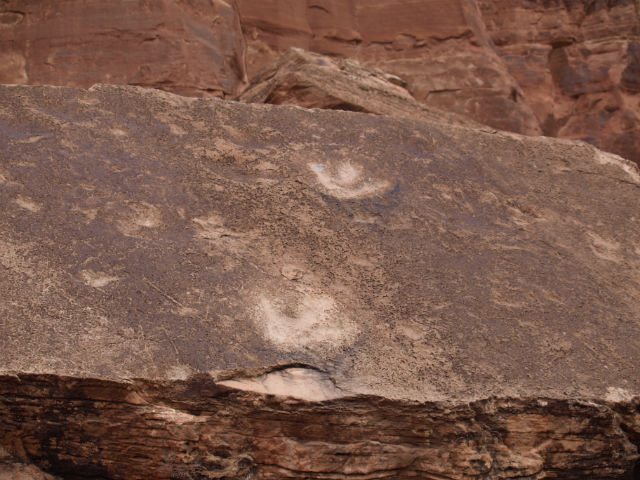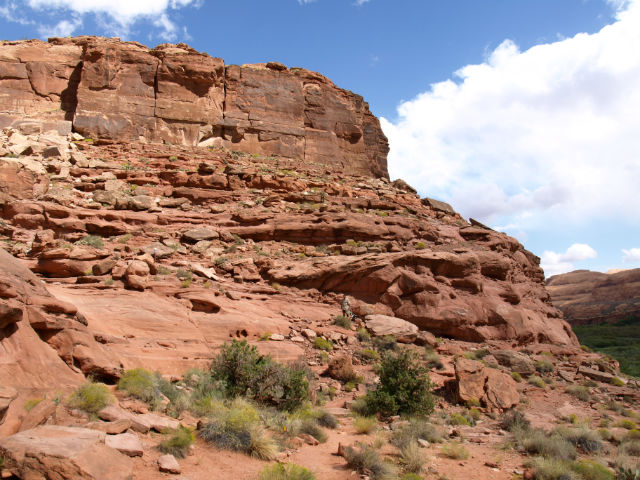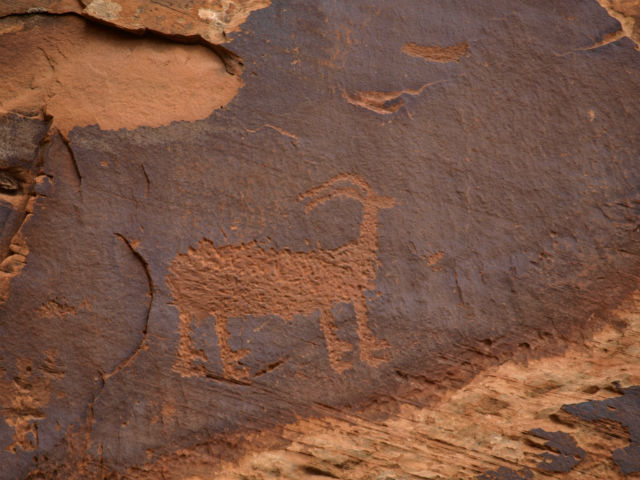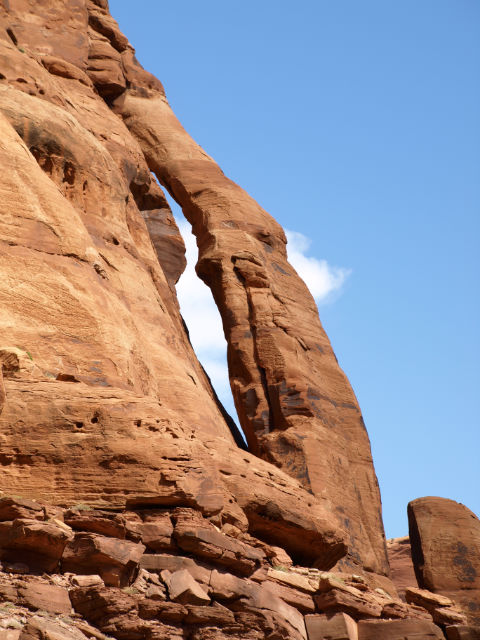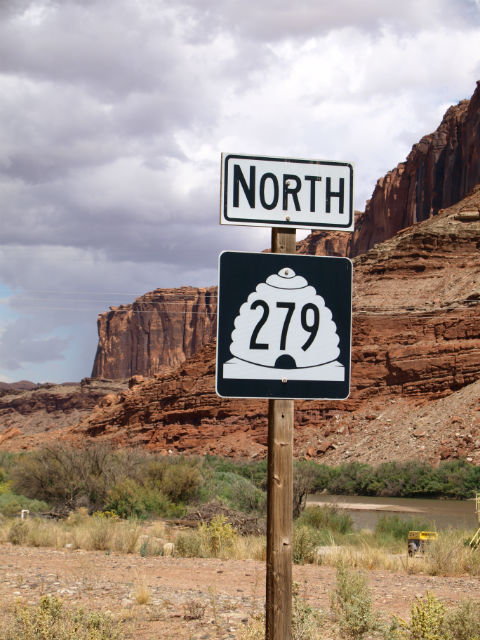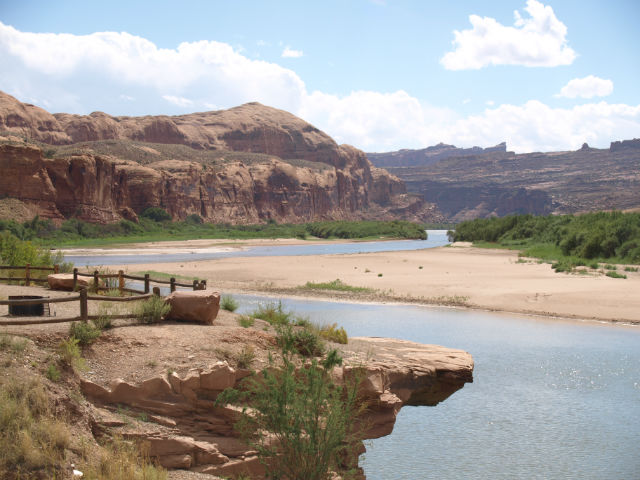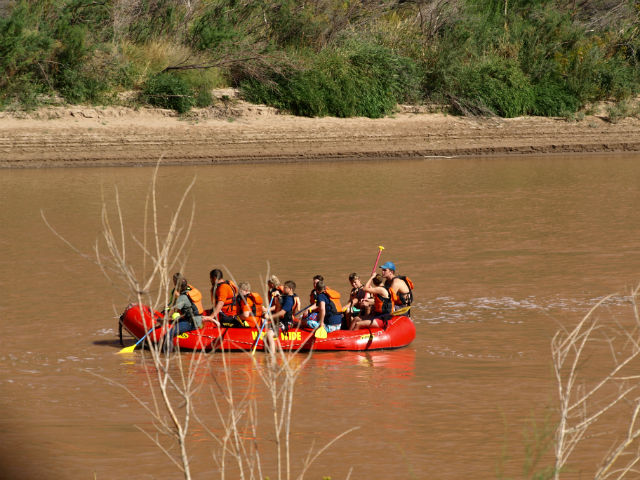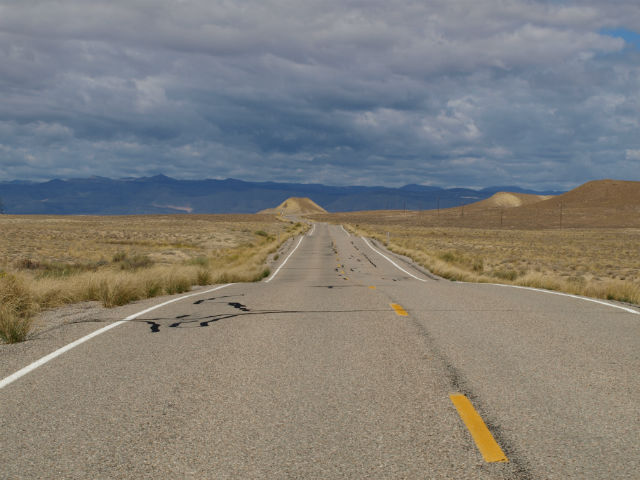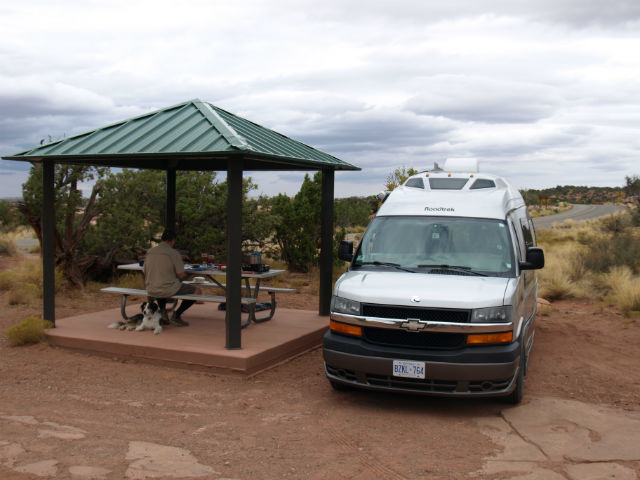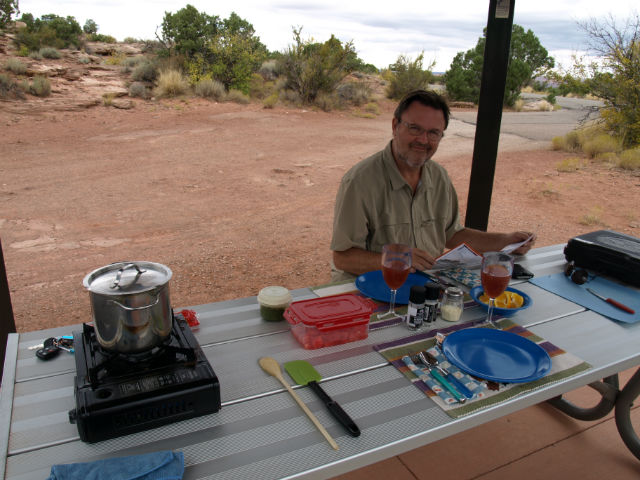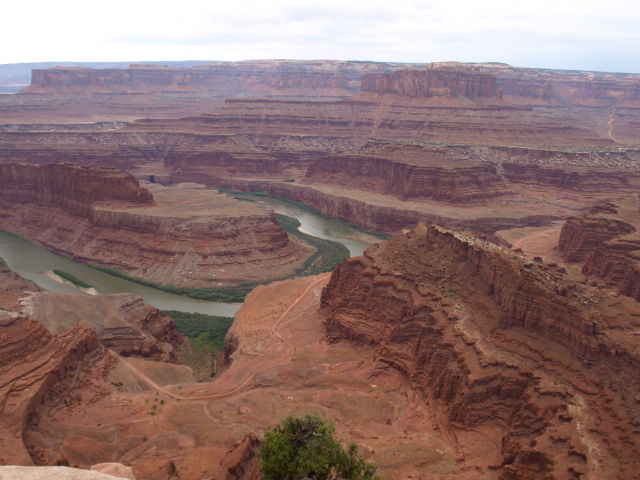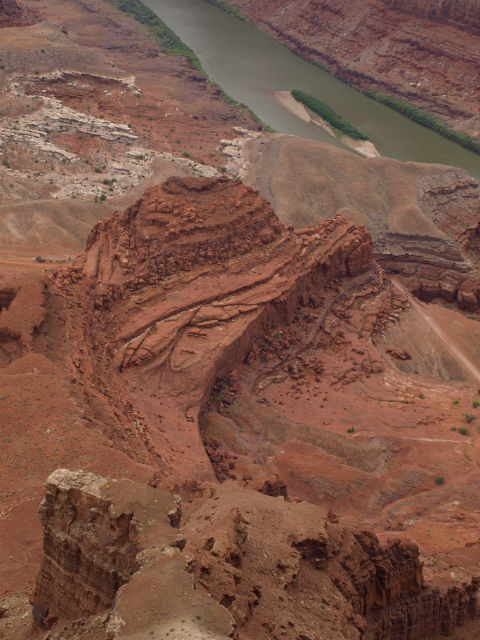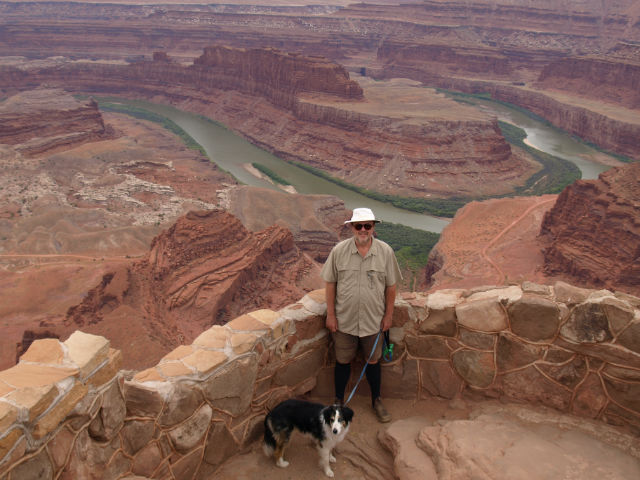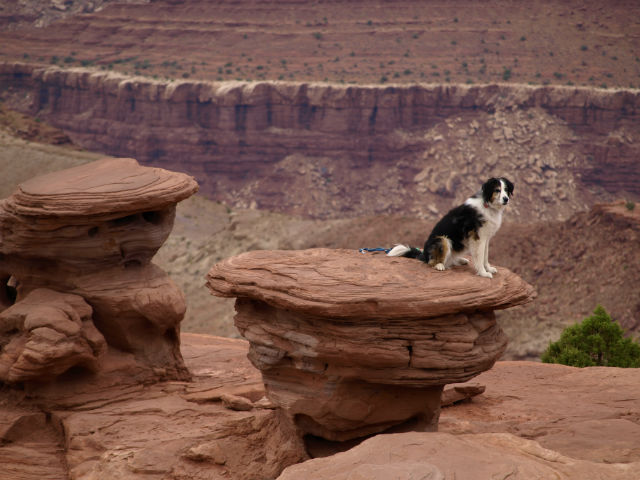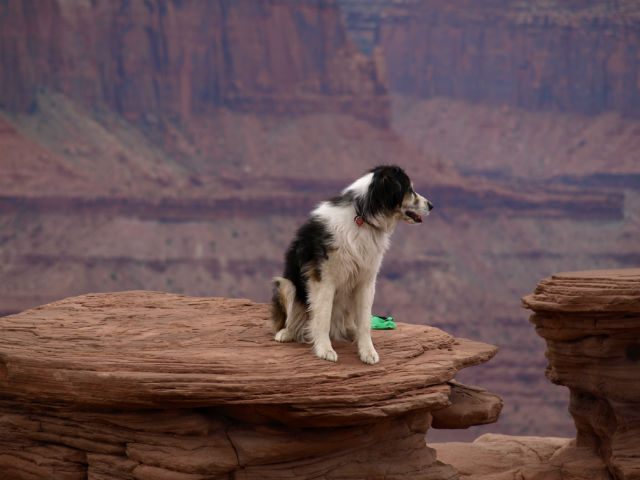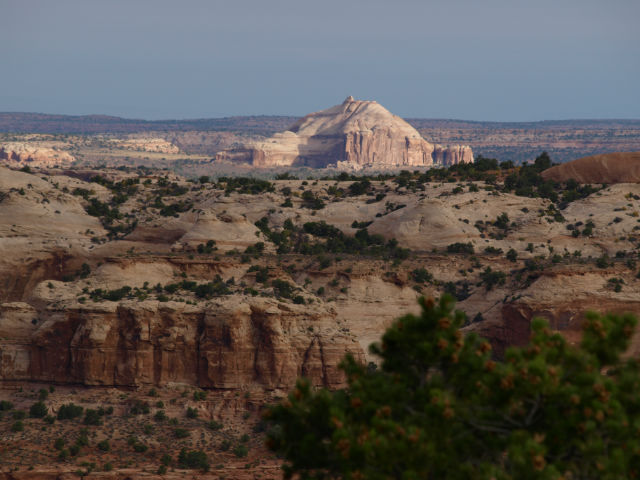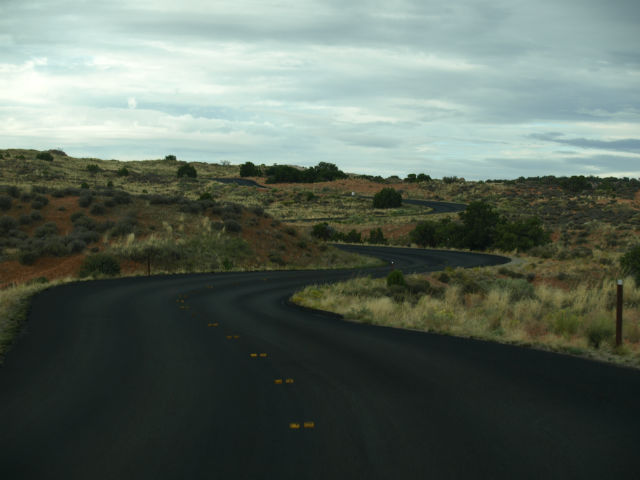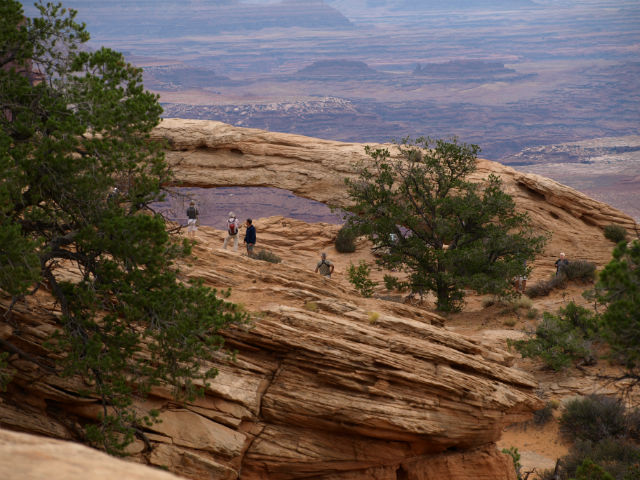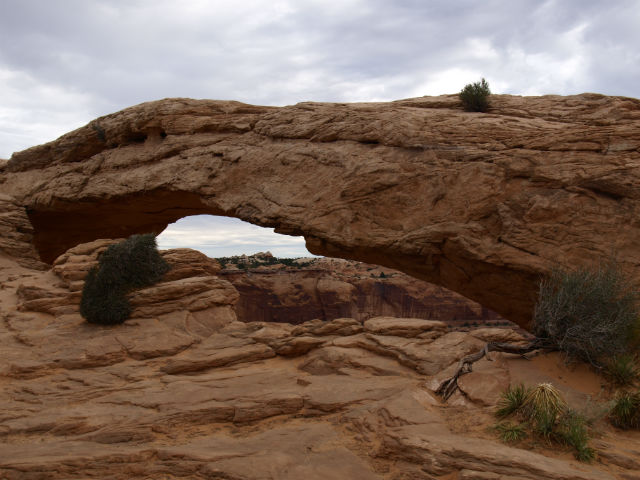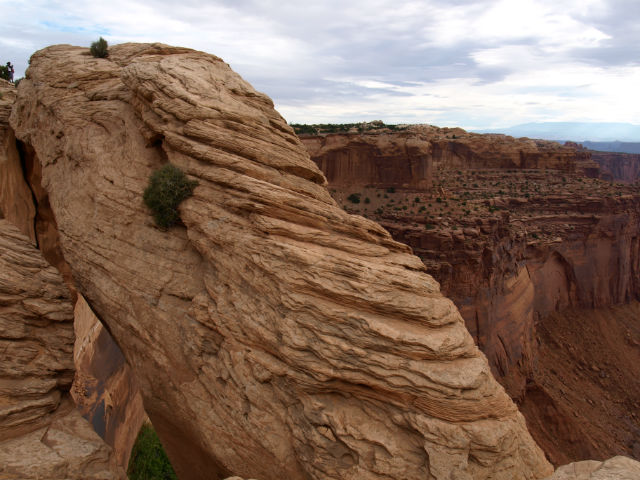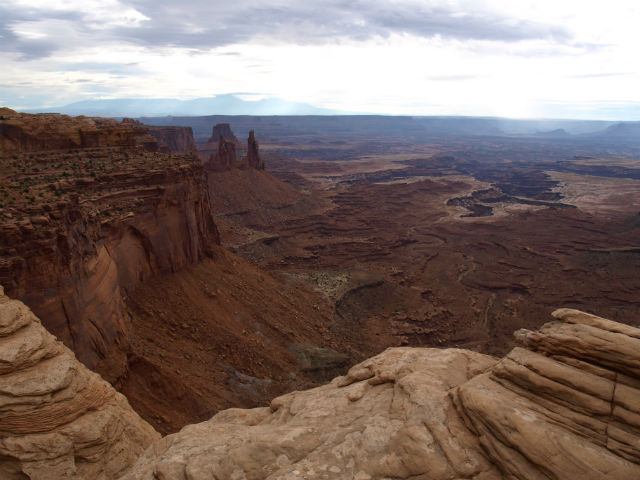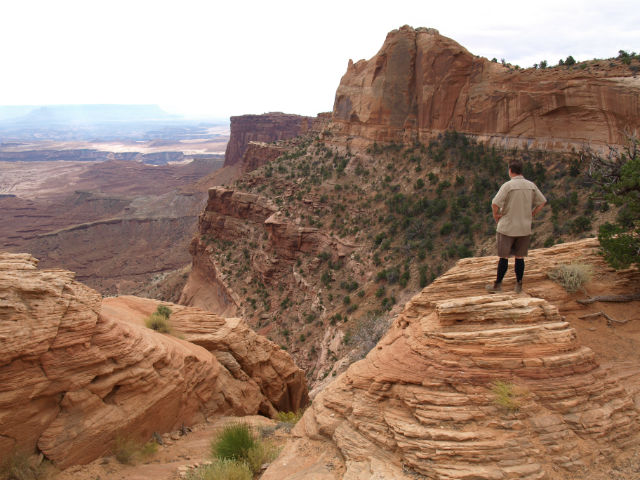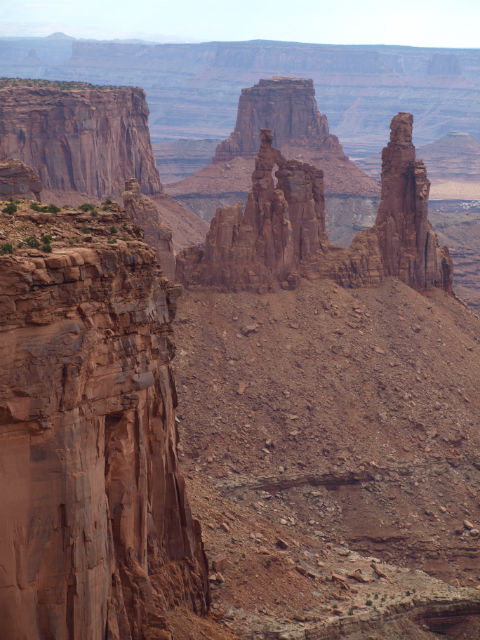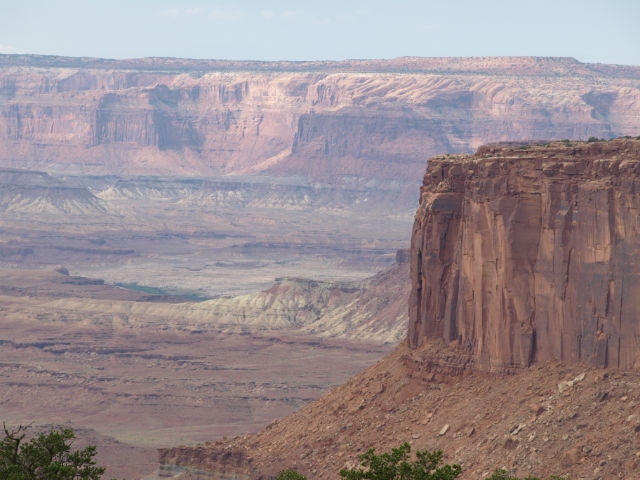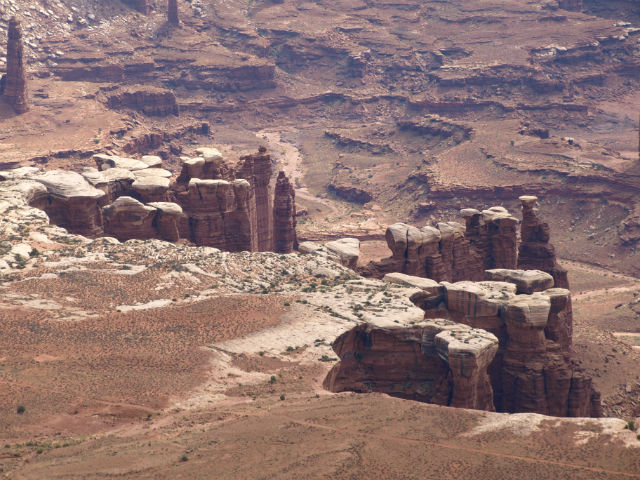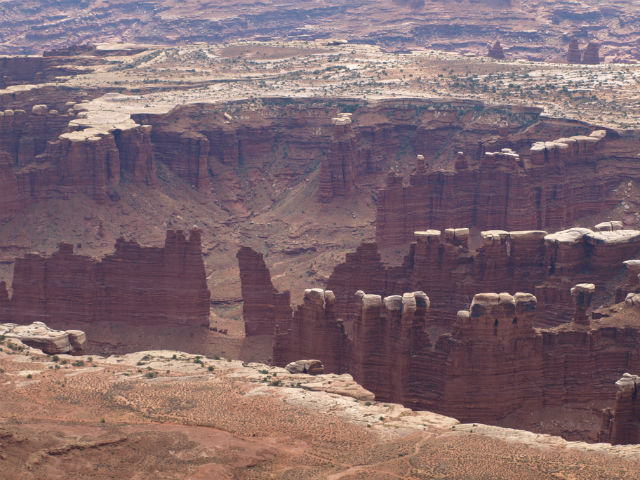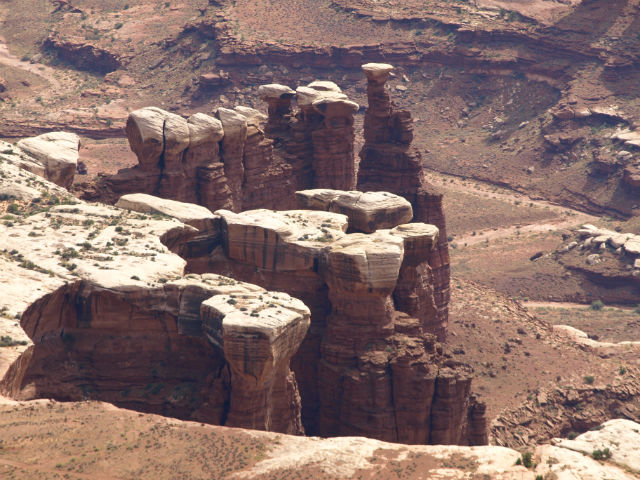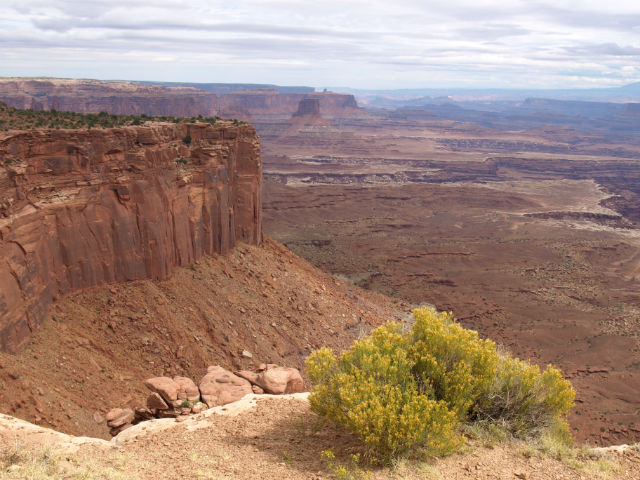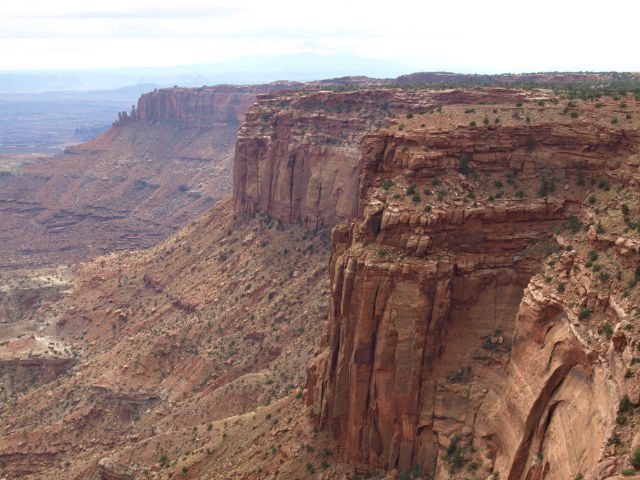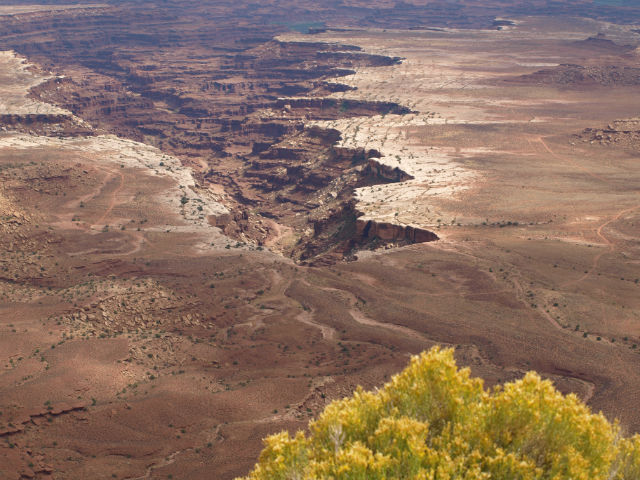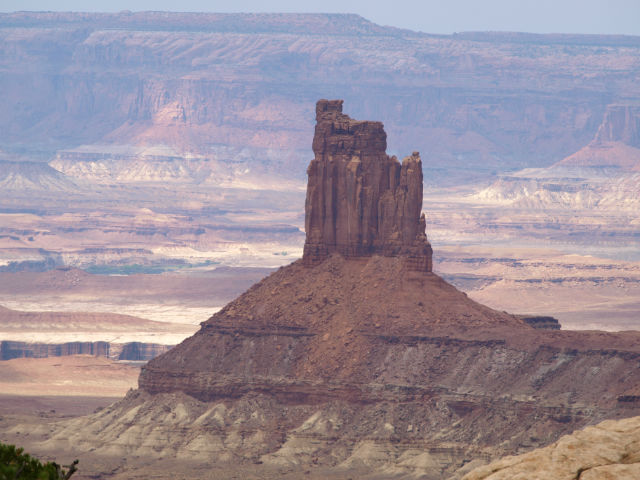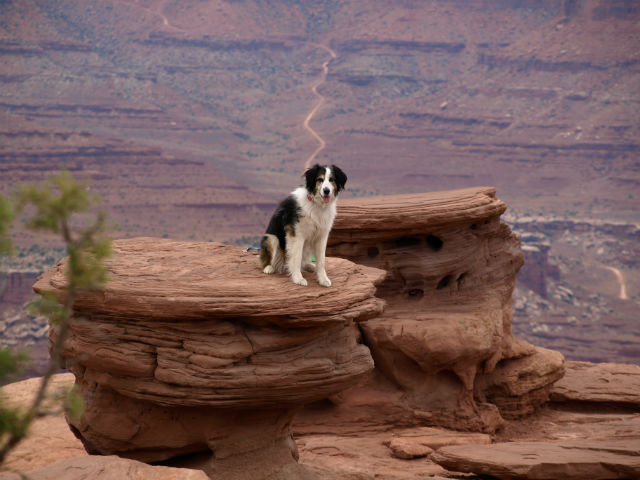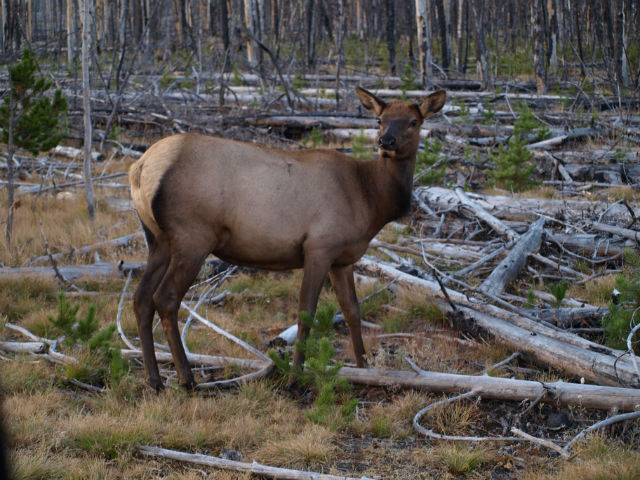Admission time: Before we got to this point in our trip, we didn’t know anything about the Black Gunnison in Colorado. We hadn’t fully researched the stop yet and thought it might be a battle site or some sort of historic marker. Well, were we ever off the mark.
Black Canyon of the Gunnison is a national park showcasing an extraordinary demonstration of the power of water to sculpt a landscape (yes, more rocks!). In this case we are talking about the Gunnison River (nicknamed the “Gunny”) but the rocks here are very different from anything we’d seen in Utah, Wyoming or Colorado. This dark grey schist and gneiss are the “basement rocks” of the Precambrian-era. Think really old. Think rocks that are very, very hard and resistant to the erosive effects of water and wind. Think: Black Canyon. Now the name makes sense.
These are the oldest and hardest rocks in North America. The canyon is narrow and very deep (the site of Colorado’s highest cliff faces – the Empire State Building would barely crack the halfway mark). The deep canyon was carved by the river over a period of two-million-years and exposes two-billion years of geology. The rock is so tough that one year of erosion wears away the equivalent of the width of a human hair.
The park itself is on a remote plateau at an elevation of around 2,400 metres. The air is thin and the vegetation is mainly scrub oak and some stunted fir trees. We camped at the wonderful national park campground and were treated to another star-filled night with a sliver of a new moon in the very early morning. The Milky Way was on full display. This park is an International Dark Sky Park.
There’s a scenic drive along the rim road with all kinds of pullouts and short hikes down to the edge. However, our favourite viewpoints were on our early morning hike along the twisty Rim Trail. The two-mile hike was quiet (this park is also blessedly free of crowds), the air was crisp and fragrant, and we stopped and watched the birds swirling and swooping deep into the canyon.
On the way back from our hike we were taken aback by an enormous white “garbage truck” pulling into one of the scenic lookouts. This seemed very out of place to us – until we took a closer look and noticed the EU licence plate, the Swiss flag decals on the front and the two people who hopped down from the cab (definitely not sanitation workers!). And that is how we came to meet Elisabeth and Kurt, two early retirees from Switzerland who have been travelling for three years in their custom-built motorhome/RV.
“RV on steroids” jumped to mind. Their home on wheels appears to be an adapted armoured personnel carrier on a Mercedes-Benz platform: 450-litre diesel fuel tank, 800-litre water tank, a huge bank of batteries (that must weigh a ton) and an array of solar panels. Their solar has been so efficient that they’ve hardly had to turn on the generator.
We felt like road trip pikers next to Elisabeth and Kurt. They shipped their RV from Hamburg to Buenos Aires three years ago and have been travelling South America from top to bottom, all through Central America, and for the next 13 months will be exploring the U.S. (including a side trip up to Alaska) and Canada before shipping their motorhome back to Europe from Halifax. We exchanged contact information as well as an open invitation to stay at our place when they pass through southern Ontario. We hope they do – if and when it happens we will invite all our friends and throw them a welcome party filled with food and friends and music. Everyone we know will want to hear all about their inspirational travels. So – Elisabeth and Kurt … don’t forget our invite!!
For more photos: click here.
